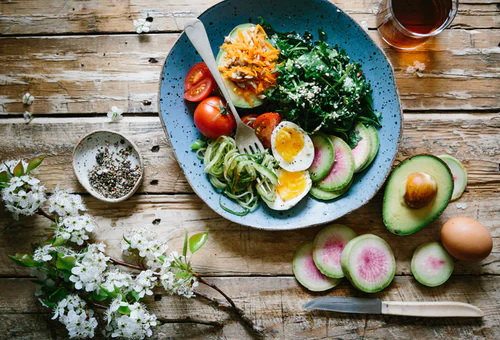While kids want great taste, you want to give them the vitamins, minerals and fiber their growing bodies need. Serve watermelon and you can both be happy.
Watermelon is a fun, nutritious way to make sure active kids don’t get dehydrated; it’s 92 percent water.
A two-cup serving of watermelon is an excellent source of vitamins A, B6 and C, and it provides 7 percent of the recommended daily value of potassium, with only 80 calories.
Watermelon is fat-free and also contains fiber. Its beautiful red color comes from all-natural lycopene, an antioxidant that can help keep kids’ bodies healthy.
Watermelon can be eaten at any meal, breakfast, lunch or dinner, and it’s a wonderful snack for the whole family. Delicious on its own, watermelon is a fantastic ingredient in recipes, too. Previously just a summertime treat, tasty watermelon is now available year-round.
A watermelon carving makes a great addition to a kids’ party buffet, and the birthday boy or girl can help make it. The salad inside can be as simple as a mixture of blueberries, seedless green grapes and balls of watermelon, cantaloupe and honeydew melon. It’s colorful and kids love it.
Carving Instructions for Watermelon Fish
Slice 1/4 inch off the bottom lengthwise to provide a stable base.
With a melon baller, cut half circles over half the top of the watermelon in a rectangular shape, remove and set aside. This piece will be used for the top fin and tail.
Scoop out the flesh.
Cut out the tail shape and the melon balled fin-piece from the rectangular piece set aside earlier. Attach the fin and tail with sturdy, round toothpicks.
Cut out eyes using a melon baller. Trim around the outside of the eye socket, then place it back in, rind side out.
For the mouth, point a paring knife at a downward angle above the stem and slice through 3 inches on either side of the stem, cutting through the rind. Push out the mouth from the inside. For the side fin, cut 3 cuts into the side using the melon baller to make the curves on the back of the fin. Then slice straight cuts to form the top and bottom of the fin.























